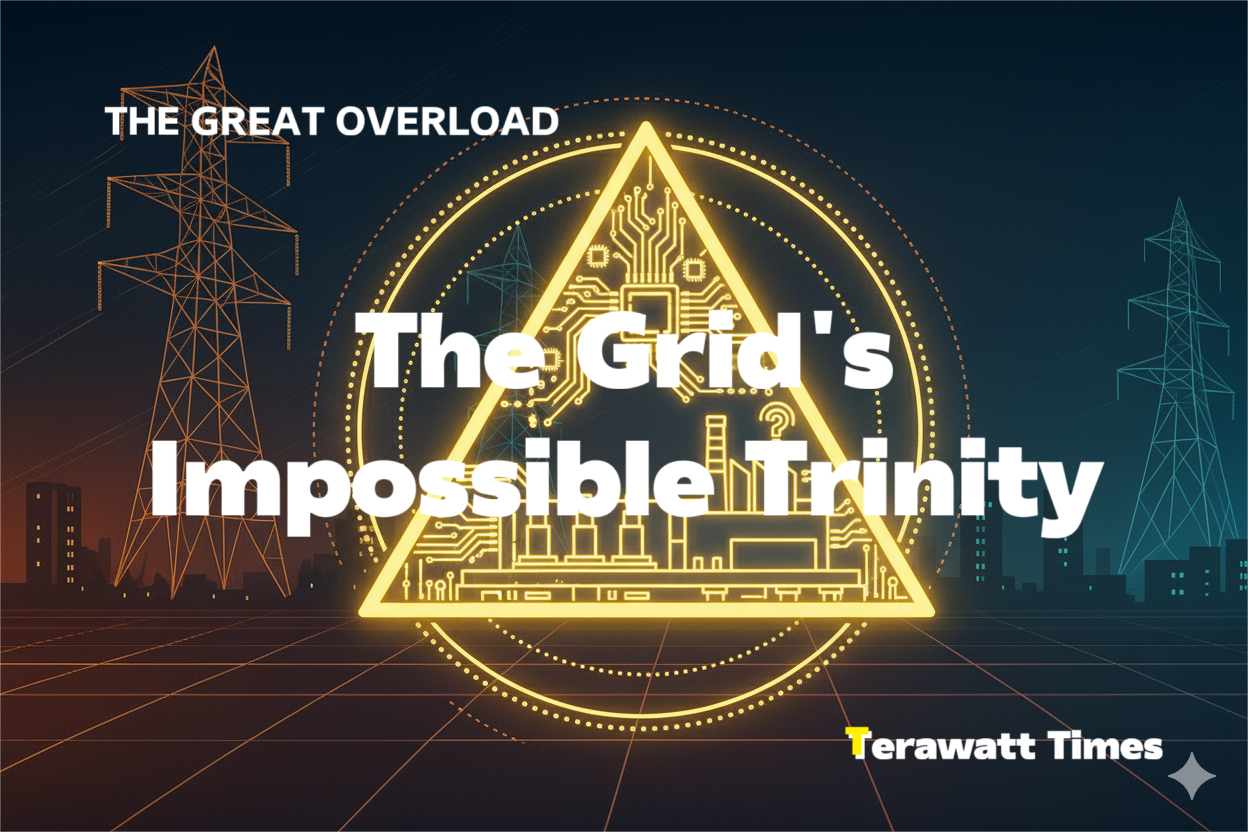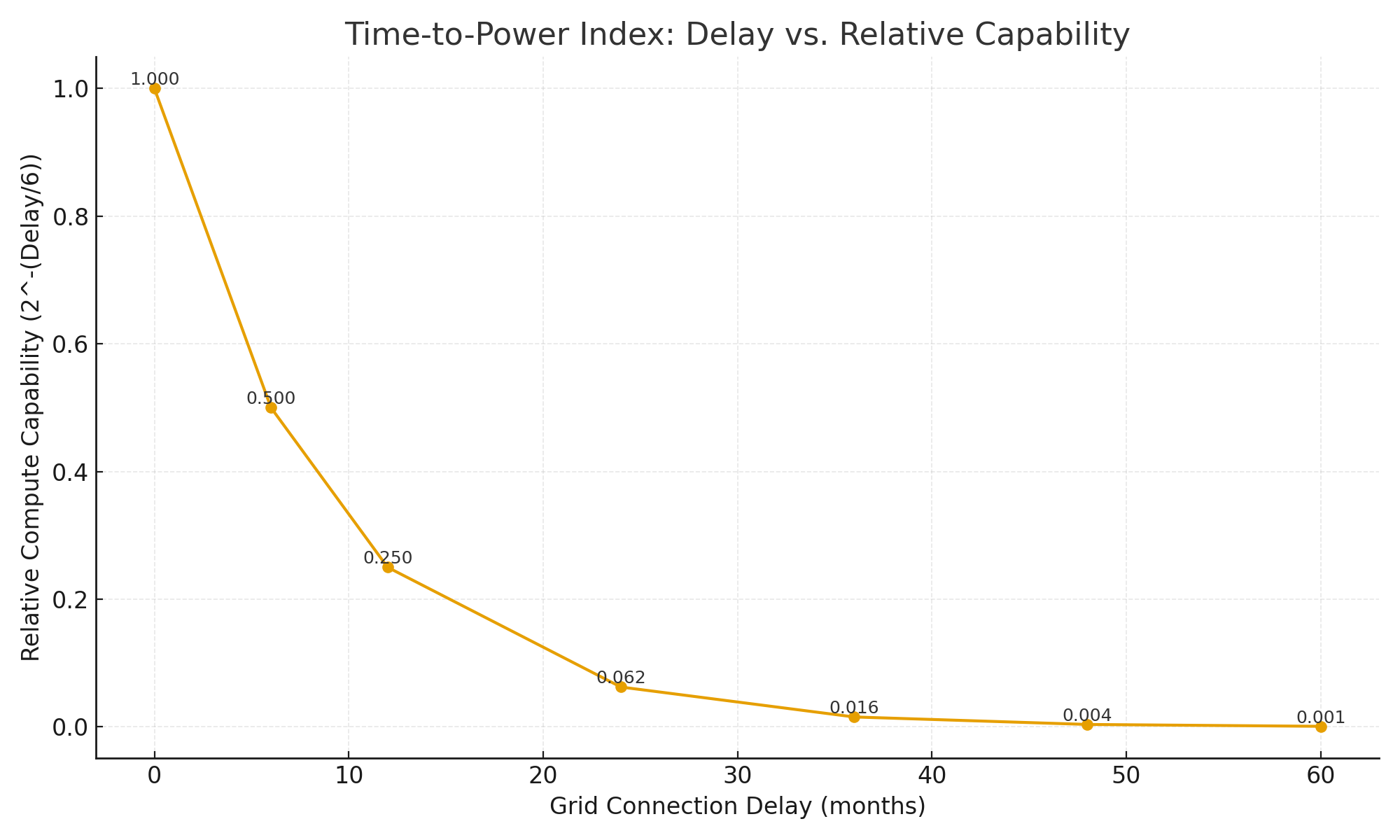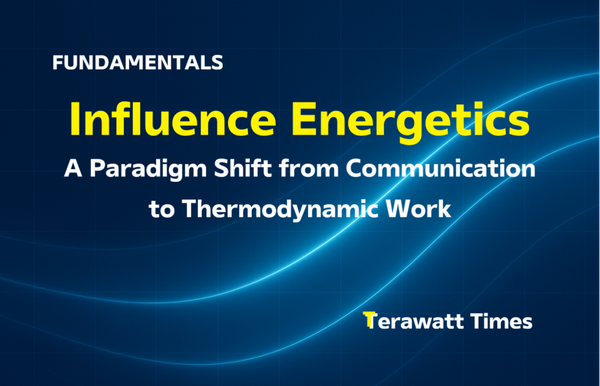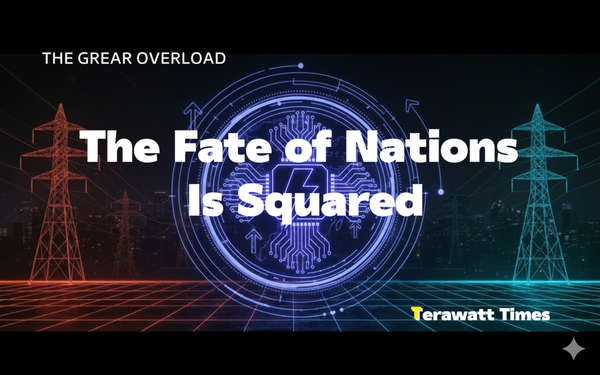The Grid's Impossible Trinity: When Huang's Law Meets Infrastructure Law

Executive Summary
The collision between AI's six-month doubling and the grid's decade-long timelines creates an impossible trinity: Scale, Speed, and Sustainability—choose two. By 2027, computational capacity will determine economic sovereignty as decisively as nuclear weapons once determined military power. Power Delay × Exponential Growth = Capability Discount: In a six-month generation cycle, 60-month grid delays mean 1,024x capability disadvantage. Your competitor is ten generations ahead on launch day. The solution requires transcending the grid through temporal arbitrage, geographic distribution, and direct generation coupling.

"AI is not growing at Moore's Law pace—it's growing much, much faster," NVIDIA CEO Jensen Huang observed at his recent GTC keynote. Where Moore's Law promised a doubling of transistor density every two years, Huang points to something far more aggressive: AI compute demand doubling every six months. This 4x acceleration over Moore's Law—what industry insiders increasingly call "Huang's Law"—has become the force that will break our energy infrastructure assumptions.
Consider this metric: Every month of AI compute growth now equals France's annual clean energy additions. The mathematics compound relentlessly. Training compute for frontier models doubled every six months since 2012. GPT-3 required 3.14×10^23 FLOPs in 2020. GPT-4 consumed an estimated 2.15×10^25 FLOPs according to industry analysts—a hundred-fold leap. The newly announced Stargate project, with investment estimates ranging from $100 billion to $500 billion depending on scope and timeline, targets deployment of approximately 10 gigawatts of NVIDIA systems over four years. That matches Kenya's entire electrical grid.
Industry clusters already pull 100-150 megawatts continuously. Each H100 GPU draws 700 watts. Stack 10,000 for training, and you need a small city's infrastructure. But infrastructure takes years to deliver. By arrival, AI has evolved multiple generations. A cluster planned for GPT-4 won't come online until GPT-7 is obsolete.





